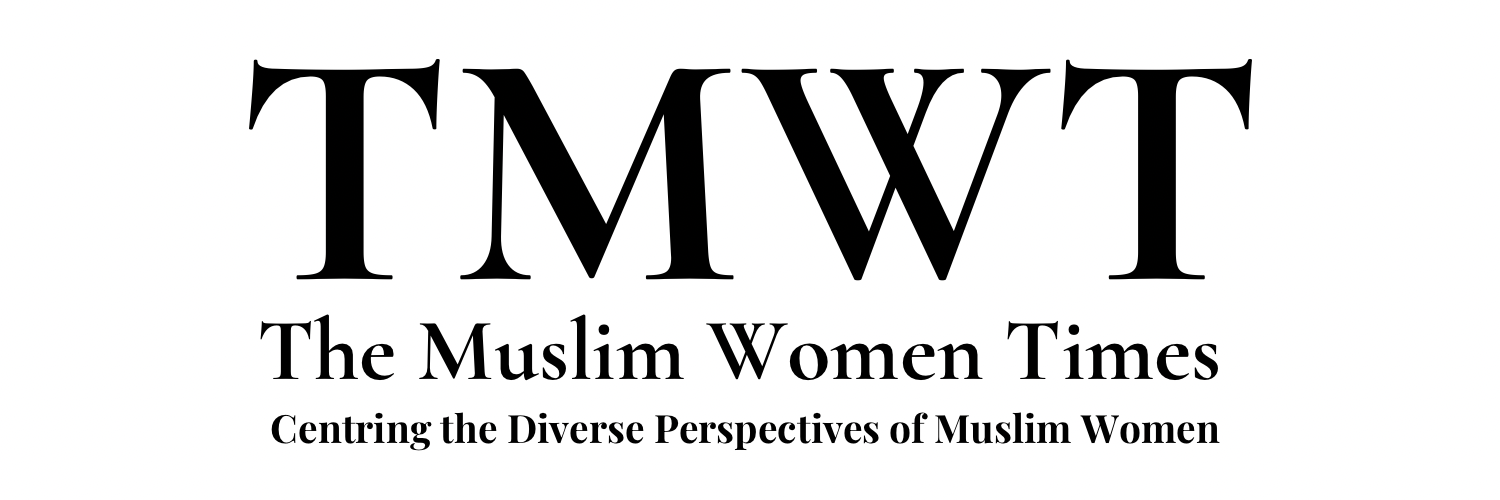Due to the Israeli-Palestinian crisis, a Palestinian child is killed every 3 days and has been for the last 13 years.
During early the 1900s, Palestine was under the rule of the Ottoman Empire and had been for centuries. At the time, the three Abrahamic religions co-existed together in peace. In Europe however, there was a rise in Zionist campaigns – a nationalist movement among Jewish people who espoused the establishment of a Jewish state due to the persecution of Jews. The European Jews felt that the only way to feel safe was to escape to Palestine, so tens of thousands of European Jews fled there in hopes of it one day becoming a Jewish state. In 1915, in a series of letters known as the McMahon-Hussein correspondence, Britain had promised the Palestinians that Palestine will become an independent state on the condition that the locals rebel against the Ottoman Empire.
However, in 1917, disregarding the McMahon-Hussein correspondence, Britain announced the Balfour Declaration which communicated its support for Zionism while promising the Palestinian land to the European Jews. After the first World War, the Ottoman Empire collapsed and Britain themselves took control over Palestine.
Britain thereafter facilitated the immigration of European Jews into Palestine as stated in the Balfour Declaration. However, in 1930, as tension grew between the Palestinians and the European Jews, with acts of violence committed against the indigenous Palestinians, Britain decided to step in and began limiting Jewish immigration to Palestine. In response to this, Jewish militias came together to fight both local Arabs and the British rule. In 1941 the Holocaust started, and many more Jews started fleeing to Palestine, fuelling tensions between the two sides even more than ever before.
In 1947, the UN decided to divide Palestine into two separate states- one for Jews, “Israel” (55% of land) and one for Arab Palestinians, “Palestine” (45%) and claimed Jerusalem to be a neutral religious zone. Arabs were furious with this proposal because they were the majority but were to be controlled by a Jewish ruling body. They saw it as another attempt of colonialism by the West and a move to eliminate the Palestinian identity.
Consequently, Britain withdrew and the Arab Palestinians, along with neighbouring Arab countries, invaded Israel starting the Arab-Israeli war in 1948. After a year-long war, Arab Palestinians lost the war and Israel pushed further past their borders, ending up with 1/3 more land than they were given by the UN. This created a massive Arab Palestinian refugee population, whose descendants today number about 7 million. Those who did not flee lived under strict military rule until 1966. By the end of the war, Israel controlled all Palestinian territory apart from the Gaza strip, West Bank and Golan heights, which was ruled by Egypt, Jordan, and Syria.
In 1967, Israel initiated a “six-day war” against neighbouring Arab states which resulted in Israel seizing Arab Palestinian land from both Syria and Jordan and the Sinai Peninsula from Egyptian land. Israel then occupied all Palestinian territories. In 1978 Israel and Egypt signed the US-brokered Camp David Accords, in which peace was established between them which led Israel to give the Sinai Peninsula back to Egypt. Arabs were infuriated by this, and the Egyptian president was assassinated.
In addition to this, there was a growing number of Jewish settlers into Palestinian homes, guarded by Israeli soldiers who forced Arab Palestinians off their land. The accumulating anger of the Arab Palestinians resulted in the first Intifada (uprising) in 1987, which lasted for six years. Arabs protested with patriotism and Israel retaliated with violence. 200 Israelis and more than 1000 Palestinians were killed. An extremist group named Hamas, which was dedicated to Israeli destruction was thereafter formed.
In 1993, the Oslo Accords was signed between the State of Israel and the Palestinian Liberation Organisation (PLO). It concluded that the PLO recognized Israel’s right to exist and they both agreed to Palestinian self-rule in Gaza and West Bank starting from the year 2000. However, the opposing extremists’ sides rejected this treaty, leading to several major protests and suicide bombings including the assassination of the Israeli prime minister, Rabin.
In the year 2000, the Second Intifada occurred, which lasted for 5 years, killing 1000 Israelis and 32000 Palestinians. After the Second Intifada, Israel gave Gaza back but put it under a severe blockade in 2006, raising Palestinian unemployment rates to 55%.
This brings us to today where more than 4.6 million Arab Palestinians are refugees with the Israeli military controlling their coastlines and limiting their trade; including water, food, and electricity. More than 5000 Arab Palestinian homes were destroyed since the start of the second intifada, leaving many thousands of them homeless, living in sports stadiums and damaged refugee camps. Israel is known for leading the world vaccination race, but the state has denied all Palestinians the Covid vaccine.
To support Palestine through donations and petitions, click on this link.




